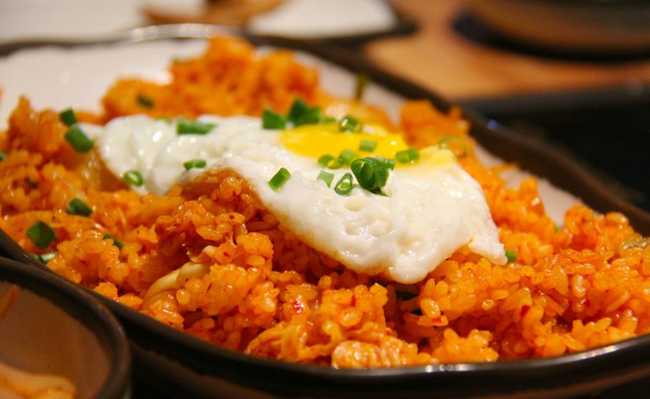Discover the table that will make you rethink your diet
Online tool provides data on the chemical composition and energy value of 1,900 foods consumed by the Brazilian population

Sharon Ang image by Pixabay
A new version of the Brazilian Table of Food Composition (TBCA) was launched, an online tool developed by USP's Food Research Center (FoRC). It is possible to consult the chemical composition and energy value of 1,900 foods consumed by the Brazilian population, including raw and cooked, versions with salt and without, with oil and spices, in addition to manufactured products and composite dishes. The table can be consulted for amounts of 100 grams of food or for homemade measures such as rice spoons or bean scoops.
“The table provides information on 34 components, including vitamins and minerals, of foods that are the most important for the Brazilian population,” said Elizabete Wenzel de Menezes, professor at the Faculty of Pharmaceutical Sciences at the University of São Paulo (FCF-USP) and researcher at FoRC, to Agência FAPESP.
The tool also presents the nutritional composition of typical dishes in the country according to the different forms of regional preparation. One example is couscous, which can be made only from corn in some regions or have several ingredients, as in the São Paulo version. The site also features a news section with content on nutrition and healthy eating, called Food without Myths.
Other possibilities offered by the table to users are to search for specific nutrients, such as food sources of protein within a specific group, and to assess the energy intake of a particular meal.
For this, the user needs to describe up to seven foods that he ingested in a given meal. Based on these data, the tool calculates how much energy he ingested. A unit of French toast, for example, is 50g and 157kcal, while a 70g leaf salad dessert dish is only 42kcal.
We did a test with a very common lunch in street restaurants. The dish of rice, beans and steak, accompanied by a Coke and a dessert package, exceeded 1000 calories. Scary isn't it?

“This is a way for people to be able to do a self-assessment of some meals without leaving a nutrition professional to guide them, if necessary,” said Menezes. The table also brings together data compiled on the chemical composition of foods belonging to Brazilian biodiversity, such as açaí.
“The regional food and biodiversity database presents only original analytical information, without modification or aggregation of data. However, in the coming years, it may add new data produced by researchers in studies on the composition of vitamins and minerals of the cagaita [Eugenia dysenterica, a typical fruit from the Brazilian Cerrado] or the gherkin [Cucumis anguria], for example,” said Menezes.
The researchers also plan to develop a mobile app that allows a person in line at a self-service restaurant, for example, to decide what foods to consume and how many of them based on information about energy content.
Another idea is to develop software that enables nutrition professionals to prescribe diets for their patients based on information provided by the table. “The use of this software will be restricted to professionals in the field of nutrition for use in the office”, highlighted Menezes.
pioneer work
The TBCA was the first food composition table made available online in Latin America and is currently the most comprehensive in Brazil. Launched in 1998 as a result of a project incorporated by the Brazilian Network of Food Data Systems (Brasilfoods), the table created by Menezes and Franco Maria Lajolo, also a professor at FCF-USP, has been reformulated since 2013, when the update work passed. to be carried out by researchers linked to the FoRC.
“The Food Research Center helped update the table so that it can be used in future food surveys of the Brazilian population,” said Menezes.
A new national food consumption survey is currently being carried out in Brazil with the aim of evaluating the intake of nutrients by the Brazilian population.
In the last food survey, carried out between 2008 and 2009, it was not possible to use nutritional data on foods consumed in Brazil since the TBCA version at the time did not have enough information on vitamins and minerals, and other tables did not present data on prepared foods.
“This scarcity of nutritional data on foods consumed in Brazil made it difficult to assess information from these national surveys in a more comprehensive way,” said Menezes. “For this reason, we established the goal of gathering this information,” he said.
Data from version 6.0 of the table can also be used in the next Family Budget Survey (POF), carried out by the Brazilian Institute of Geography and Statistics (IBGE). “It will be the first time that a nutritional assessment of the Brazilian population can be carried out based on national data”, evaluated Menezes.
Source: FAPESP Agency










